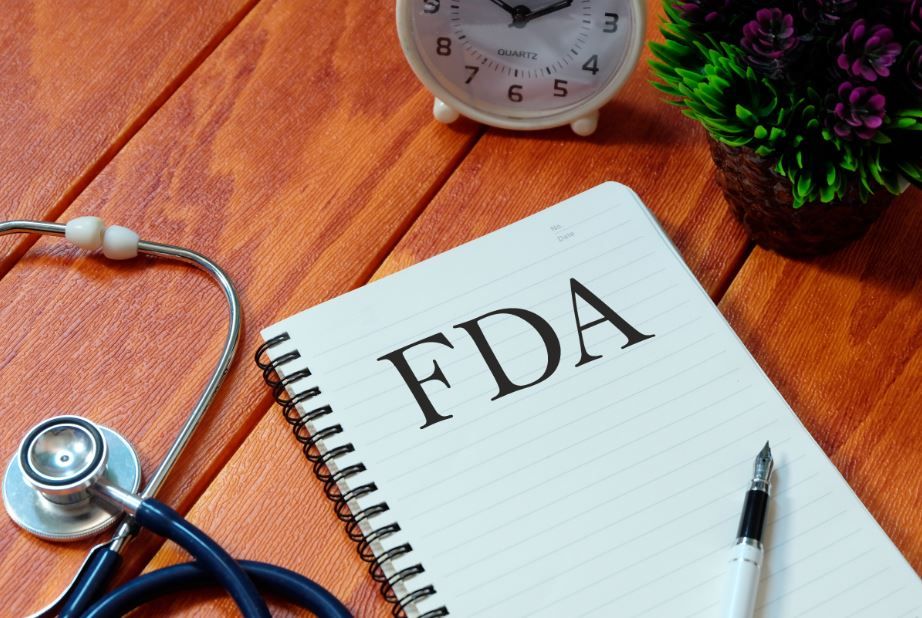- Clinical Technology
- Adult Immunization
- Hepatology
- Pediatric Immunization
- Screening
- Psychiatry
- Allergy
- Women's Health
- Cardiology
- Pediatrics
- Dermatology
- Endocrinology
- Pain Management
- Gastroenterology
- Infectious Disease
- Obesity Medicine
- Rheumatology
- Nephrology
- Neurology
- Pulmonology
FDA Clears Happy Ring for At-Home Diagnosis of Sleep Apnea and Insomnia
The FDA cleared Happy Ring, a wearable device for at-home diagnosis of sleep disorders, enhancing access to vital sleep health solutions.
©MohamadFaisal/AdobeStock

The US FDA has granted a second class II clearance to the Happy Ring, a wearable device that enables at-home diagnosis of obstructive sleep apnea (OSA), insomnia, and related sleep disorders. The smart ring, developed by Happy Health, is now the only FDA-cleared device that combines multinight sleep testing with 24/7 physiologic monitoring in a single wearable form factor, according to a press release.
The latest clearance expands the device’s clinical utility beyond biometric tracking to include diagnostic support for sleep conditions that often remain underdiagnosed in routine clinical practice. The company reports that Happy Ring’s sleep testing achieves 97% concordance with gold-standard in-lab polysomnography (PSG).
Through the associated “Happy Sleep” platform, users can initiate a diagnostic workup by ordering a sleep test online. After wearing the ring overnight, patients review the results via telehealth with a board-certified sleep physician. Treatment plans may include CPAP, oral appliance therapy, or newer pharmacologic approaches, such as glucagon-like peptide-1 receptor agonists (eg, tirzepatide). According to Happy Health, these services are covered by most major insurers.
The availability of an FDA-cleared, non-invasive diagnostic device may address a significant gap in care. Up to 80% of an estimated 30 million US adults with OSA remain undiagnosed. Untreated sleep apnea is associated with a nearly fourfold increase in all-cause mortality. Insomnia and sleep disruption are also commonly comorbid with cardiovascular, metabolic, and psychiatric conditions, often appearing years before diagnosis of those disorders.
The Happy Ring is designed for long-term wear and incorporates a suite of clinical-grade sensors. Its lightweight ceramic shell houses technology for multi-day sleep analysis and physiologic monitoring without the need for in-person visits or overnight stays in a sleep lab. Clinical data suggest the device may support earlier identification of sleep-related conditions while streamlining diagnosis and follow-up care.
While further real-world data will be needed to confirm the device’s performance across diverse populations, the FDA’s clearance indicates potential for integrating wearable technology into sleep medicine pathways. The device’s home-based, consumer-first model may offer primary care clinicians and sleep specialists a new tool for increasing diagnostic reach and improving adherence to treatment.
